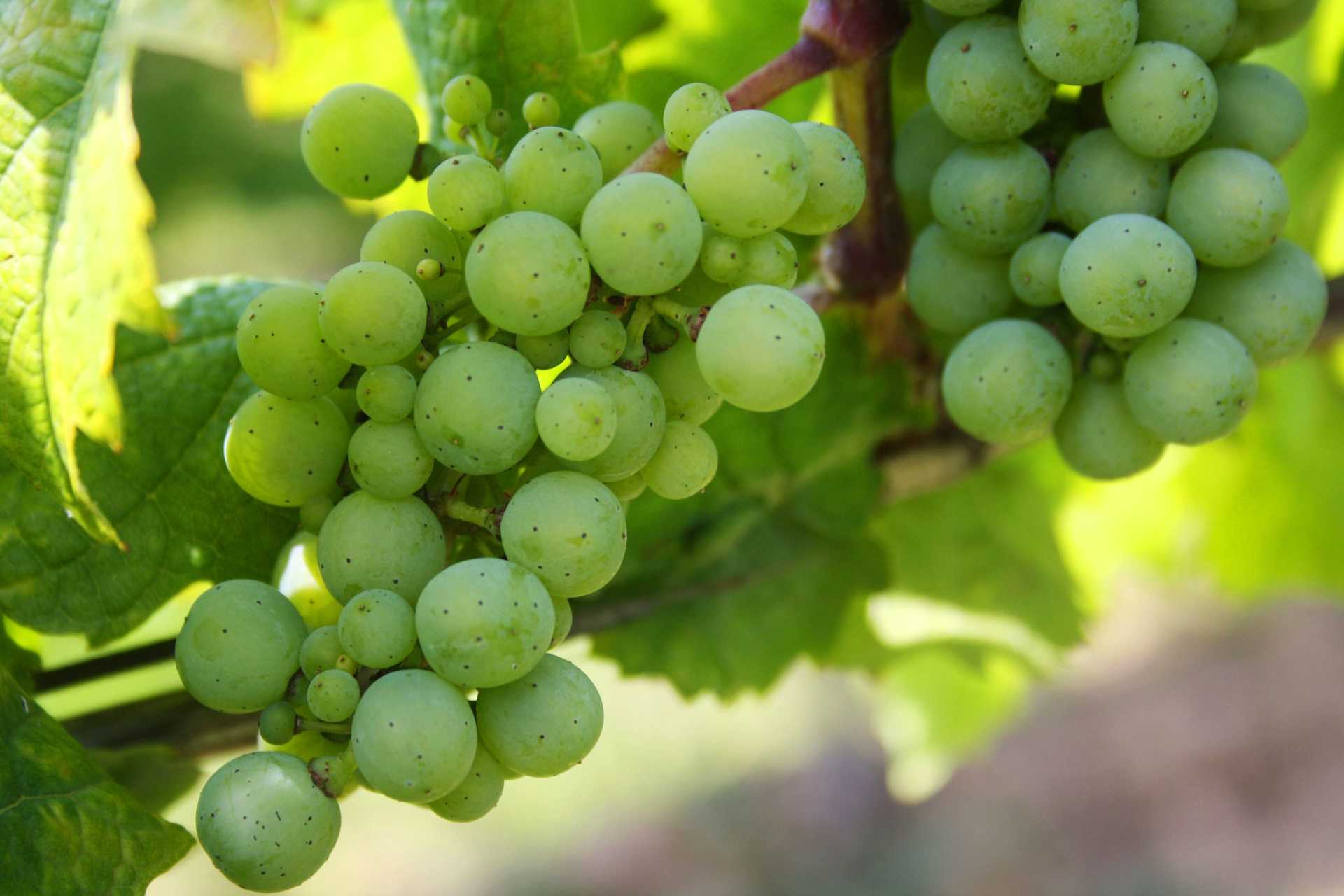Mullineux Family Wines White Blend 2012
-
Robert
Parker


Product Details
Your Rating
Somm Note
Winemaker Notes
Professional Ratings
-
Robert Parker's Wine Advocate
The 2012 White Blend is comprised of 76% Chenin Blanc, 16% Clairette Blanche and 8% Viognier, the first two whole bunch pressed and aged for 11 months in used oak and one 2,000-liter foudre. It has a slightly muted bouquet at first, with dried pineapple, apricot and a touch of wax resin that becomes more pronounced with aeration. The palate is medium-bodied with a lovely, waxy opening. Chris and Andrea have fashioned a Chenin that is a more textural experience than one offering conspicuous flavors. It has great precision toward the finish with touches of hazelnut and grilled almond. A case of "less is more." Excellent – and quite cerebral. Drink now-2020.


We are a small, highly focused Family winery based in the village of Riebeek Kasteel producing a select Family of hand-crafted wines from the granite and shale based terroirs of the Swartland Region of South Africa.
The Swartland is a beautiful and wild place. The landscape is a series of rolling hills, with a few significant outcrops of rock that form the Paardeberg, Riebeek Kasteel and Piketberg Mountains. It is not an easy place to establish vines, and is a region that has as much of an influence on the vineyards and people who farm there as the people have on the land itself. This brings to mind what film director David von Ancken has to say about the old American West: "The primal, universal power of the landscape strips away everything but the truth of men's souls." In much the same way, we feel the Swartland landscape bares the souls of grape vines, and in those varieties that can take the ruggedness, true personality of site is revealed.

With hundreds of white grape varieties to choose from, winemakers have the freedom to create a virtually endless assortment of blended white wines. In many European regions, strict laws are in place determining the set of varieties that may be used in white wine blends, but in the New World, experimentation is permitted and encouraged. Blending can be utilized to enhance balance or create complexity, lending different layers of flavors and aromas. For example, a variety that creates a soft and full-bodied white wine blend, like Chardonnay, would do well combined with one that is more fragrant and naturally high in acidity. Sometimes small amounts of a particular variety are added to boost color or aromatics. Blending can take place before or after fermentation, with the latter, more popular option giving more control to the winemaker over the final qualities of the wine.

With an important wine renaissance in full swing, impressive red and white bargains abound in South Africa. The country has a particularly long and rich history with winemaking, especially considering its status as part of the “New World.” In the mid-17th century, the lusciously sweet dessert wines of Constantia were highly prized by the European aristocracy. Since then, the South African wine industry has experienced some setbacks due to the phylloxera infestation of the late 1800s and political difficulties throughout the following century.
Today, however, South Africa is increasingly responsible for high-demand, high-quality wines—a blessing to put the country back on the international wine map. Wine production is mainly situated around Cape Town, where the climate is generally warm to hot. But the Benguela Current from Antarctica provides brisk ocean breezes necessary for steady ripening of grapes. Similarly, cooler, high-elevation vineyard sites throughout South Africa offer similar, favorable growing conditions.
South Africa’s wine zones are divided into region, then smaller districts and finally wards, but the country’s wine styles are differentiated more by grape variety than by region. Pinotage, a cross between Pinot Noir and Cinsault, is the country’s “signature” grape, responsible for red-fruit-driven, spicy, earthy reds. When Pinotage is blended with other red varieties, like Cabernet Sauvignon, Merlot, Syrah or Pinot Noir (all commonly vinified alone as well), it is often labeled as a “Cape Blend.” Chenin Blanc (locally known as “Steen”) dominates white wine production, with Chardonnay and Sauvignon Blanc following close behind.
